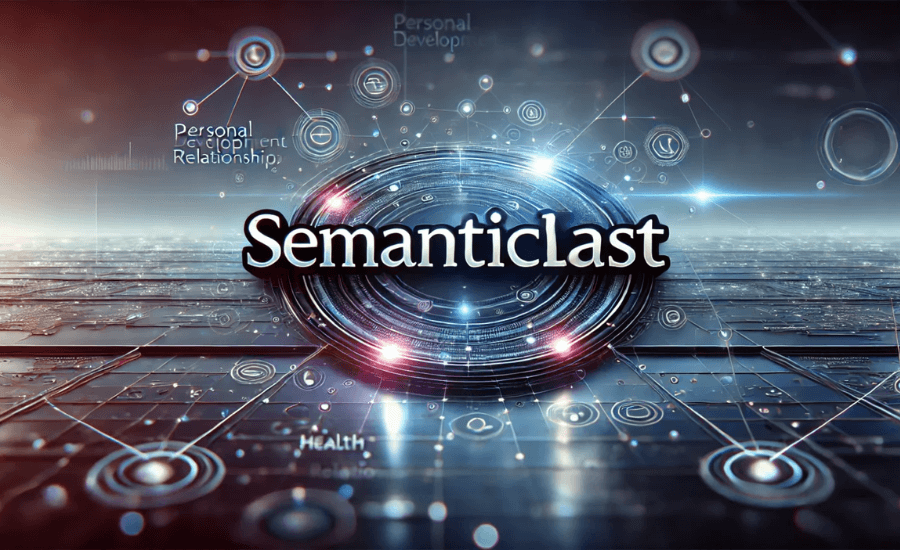In the world of digital evolution, semantic technology has gained significant traction, paving the way for tools and processes that enhance understanding, processing, and interaction with data. As businesses look for more intuitive and insightful ways to use technology, innovations like “Semanticlast” may represent the next frontier. But what could Semanticlast offer, and how could it impact industries like search engines, data analytics, artificial intelligence, and machine learning? Let’s explore.
1. What is Semanticlast?
While still a conceptual term, Semanticlast could refer to the latest advances in semantic technology that integrate deeper layers of context, precision, and understanding into digital systems. “Semantic” relates to meaning and understanding, and “last” might imply a lasting impact or the latest innovation. Together, they suggest a technology that enables advanced levels of contextual and meaningful interaction.
2. The Role of Semantic Technology in Today’s Digital Landscape
Semantic technology focuses on helping machines understand human language in a way that’s similar to how humans process information. It improves how search engines understand and respond to queries, boosts the intelligence of virtual assistants, and enhances predictive analytics. Semanticlast could take this a step further by refining and deepening these insights, possibly through AI and machine learning integration.
3. Potential Applications of Semanticlast Technology
The capabilities of Semanticlast might include advanced language understanding, context-aware systems, and predictive analytics based on enriched semantic layers. Here are a few sectors where this technology could thrive:
- Search Engine Optimization (SEO):
For SEO professionals, Semanticlast could mean more intuitive search algorithms that prioritize meaningful content over keyword stuffing. Websites focusing on true value and rich, contextual content might see better rankings. - Artificial Intelligence and Machine Learning:
AI systems that understand nuances in data are highly valuable for decision-making processes. Semanticlast could make AI systems smarter by deepening their comprehension of subtle language cues. - Customer Service and Chatbots:
Customer support could leverage Semanticlast-based tools to handle customer queries more effectively. By understanding a customer’s intent and context, chatbots can provide relevant answers that feel closer to human responses.
4. Why Semanticlast Could Be the Future
The evolution of technology towards intuitive and human-centered design demands deeper semantics. Semanticlast could mark a shift where technology no longer just responds to commands but actively interprets, understands, and anticipates needs. This shift could pave the way for new business models, smarter digital assistants, and a truly interconnected IoT ecosystem.
5. Semanticlast and the Growing Importance of Context
As more organizations embrace digital transformation, the need for semantic understanding grows. Businesses are realizing that user experience goes beyond a functional website or product; it involves predicting, understanding, and satisfying the user’s needs. This requires technology that interprets intent and context, something Semanticlast could be specifically designed to address.
6. Preparing for a Semanticlast-Powered Future
Organizations looking to stay ahead should monitor developments in semantic technologies and experiment with incorporating these into their digital strategies. From content marketers aiming for more effective SEO to AI developers working on smarter models, Semanticlast could offer a robust framework to meet advanced digital demands.
Conclusion
Semanticlast represents the potential next stage in the evolution of semantic technology. By focusing on deep, context-driven understanding, Semanticlast could offer powerful tools and insights across multiple industries. As businesses seek to improve user experience, predict behavior, and enhance their digital services, Semanticlast might be the technology to watch, leading us into a future where digital interactions feel more meaningful, human, and intuitive.




